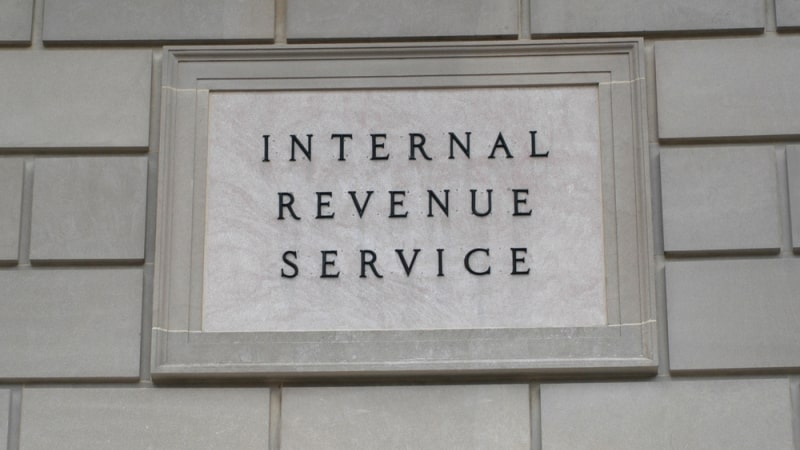
In selecting which exempt organization returns to examine, the Internal Revenue Service (IRS) should start using data and document the measurable objectives in using it to reduce errors and incomplete procedures.
The IRS began using analytics models to review returns for compliance with tax-exempt law in 2016, but the scores on compliance may not be reliable and the Government Accountability Office (GAO) “found that the model did not improve change rates compared to prior selection methods and a high model score is not associated with a higher change rate.”
In a recent study, GAO found that IRS didn’t have a defined measurable objective in using data to select returns for examination, the models have deficiencies that affect validity and reliability of return scoring and selection, inconsistent documentation processes, and did not regularly evaluate examination selection.
“Without measurable objectives, IRS cannot assess how well it is doing or fully implement other internal controls,” GAO said.
GAO made 13 recommendations for IRS, all of which were agreed to except for one regarding the “evaluating examination selection methods using consistent historical data over time.”
Among the recommendations IRS agreed to include:
- IRS establishing objectives;
- Revising model documentation;
- Fully documenting processes and using data in decisions; and
- Regularly evaluate examination selection.
